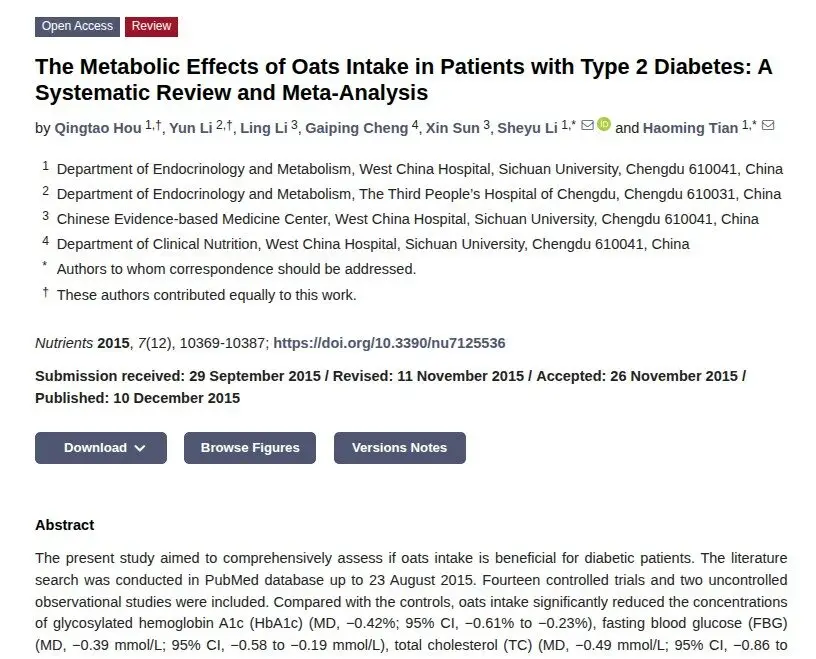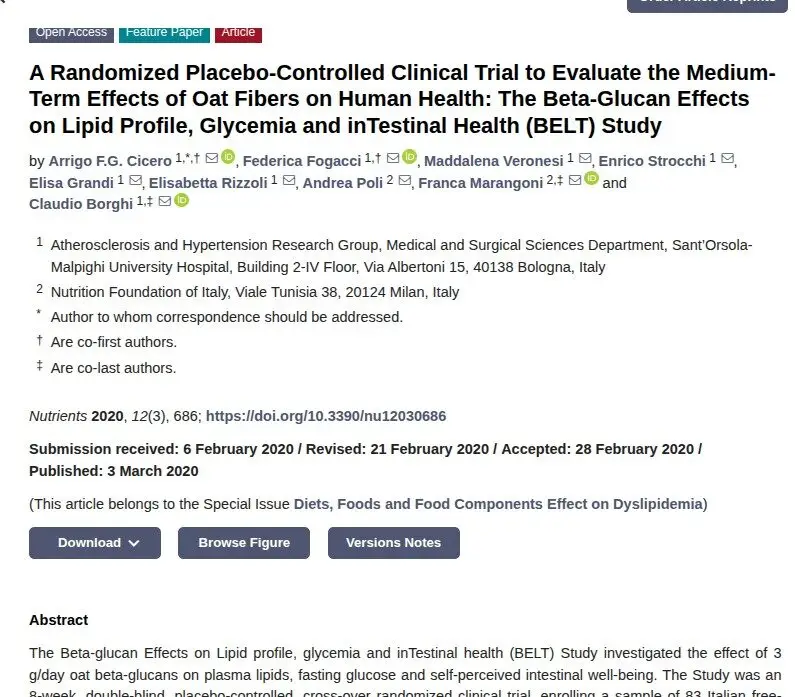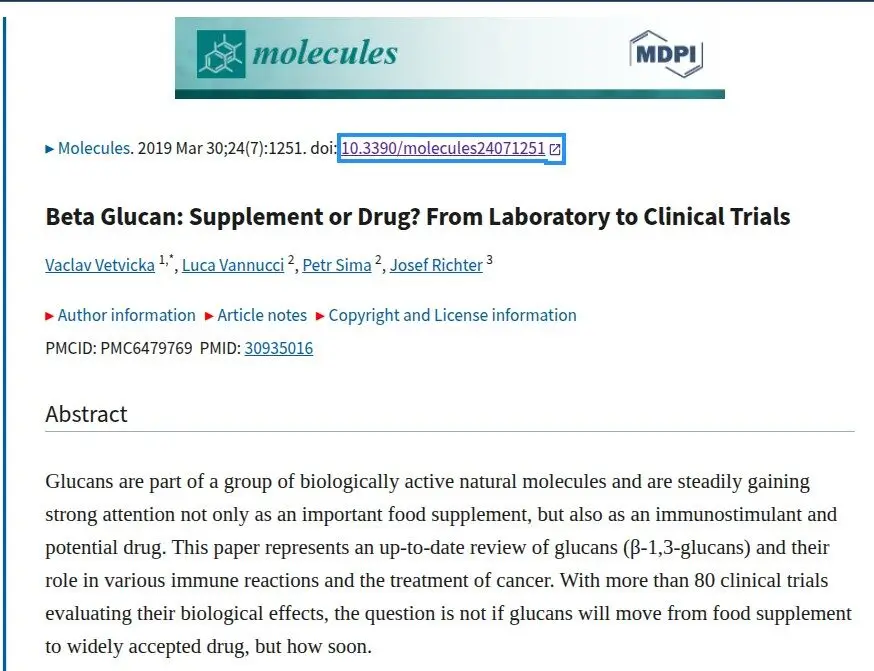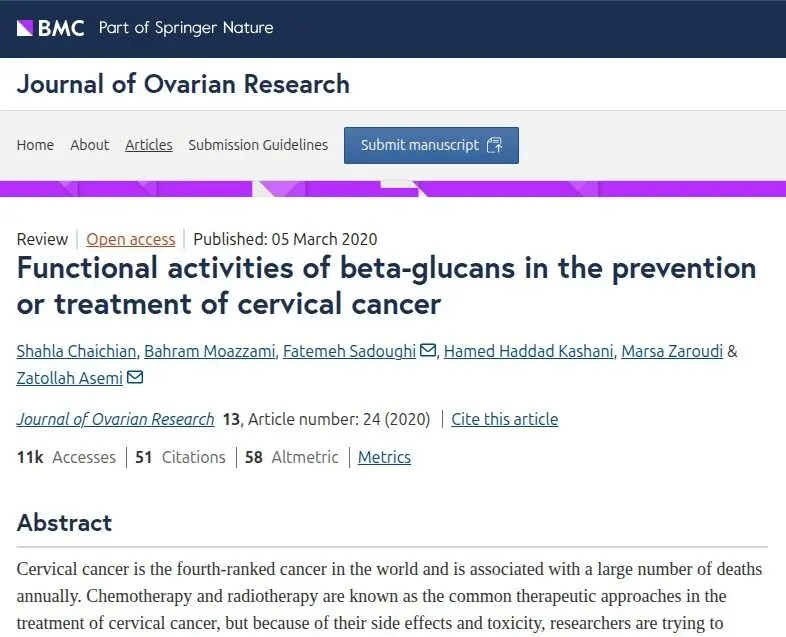The most studied active compound from oats are beta glucans in the 1,3/1,4 version. Researchers have associated improved microbiome with cholesterol lowering effects of these compounds . Meta-analysis show higher consumers of whole grain oats actively reduced their LDL cholesterol. Oats are endorsed by the FDA and other health authorities for reducing cholesterol, up to 15% though 5% more typical.
More directly delivering the evidence for its ranking here, are functional foods. Branded SPC-Flakes and sister product Salovum (egg based) have existing and ongoing research in oncology. Crucially, these compounds trigger strong anti-inflammatory responses that can reduce fluid pressure in the cancer tumor microenvironment. This pressure not only increases growth and metastasis, but causes drug resistance in oncology. Following very striking findings in glioblastoma in 2023, trials are expanding now to include both colorectal and breast cancer. /spc-flakes
Studies show suppression of inflammatory markers such as c-reactive protein primarily in patients with some form of systemic inflammatory disease for instance a metabolic disorder. Its likely oats and oat extracts would help in an anti-inflammatory regime. Studies into aging found that for patients with borderline cardiovascular disease, oats can reduce levels of eotaxin-1 a major drive of chronic inflammation in vascular health linked with brain fog in chemotherapy, and with preclinical evidence increasing growth rates in gastric, colorectal and ovarian cancers
Oat bran supplements contain avenanthramides with clincial evidence of reducing crucial markers of inflammation VCAM-1 [vascular cell adhesion molecule-1] by 10% and especially serum amyloid A-1 by over 40%. High levels of these associated with faster progression and spread of several cancers including, ovarian, lung, and especially digestive and kidney cancers, even to treatment resistance in breast and gastric cancer. Clinical grade extracts are entering phase II trials for inflammatory diseases (“AvenActive”). So there is growing evidence for the anti-metastatic activity of oats, and especially as concentrated functional foods or supplements
Whole or steel cut oats also reduce fasting blood glucose levels and there is moderate evidence of reduced insulin sensitivity too (see References). A cup oats may have a couple of grams of oat glucans, so a refined product supplement can be useful to reach 3-5g range used for active therapies. Examples include BranPure, NutriOat in US , or in EU PromOat and OatWell.




